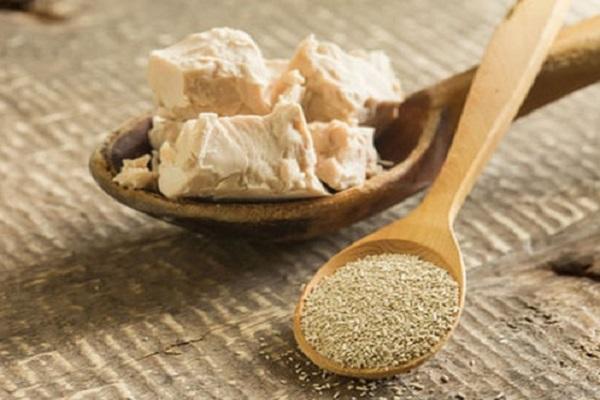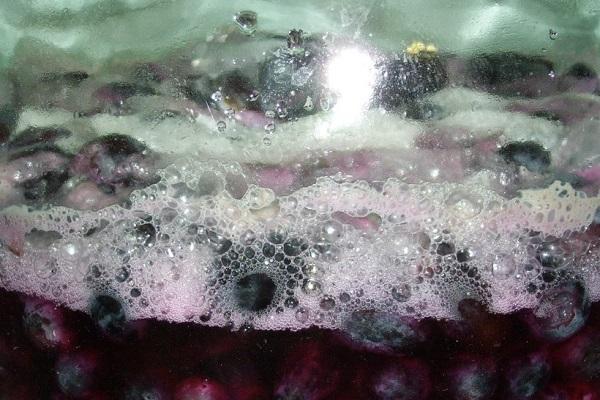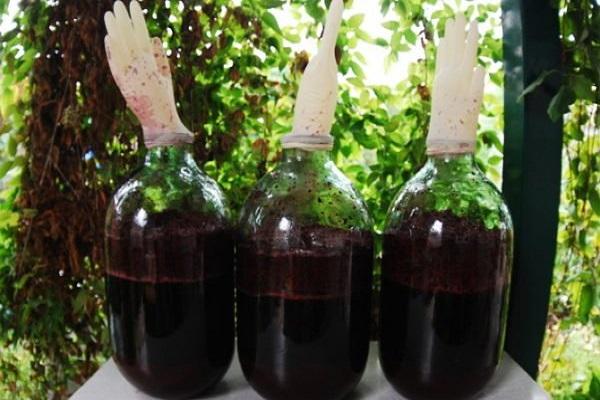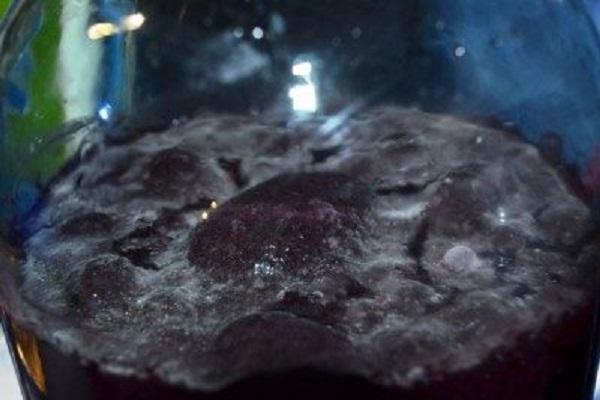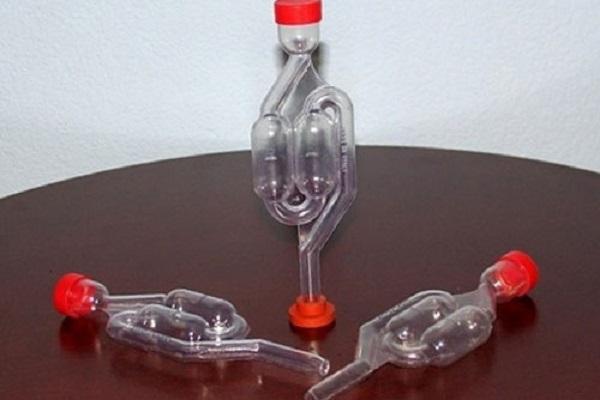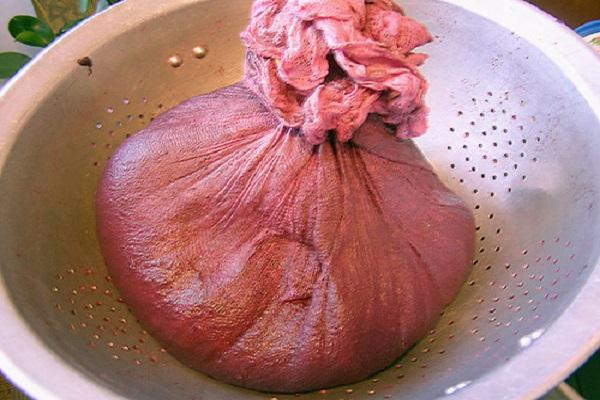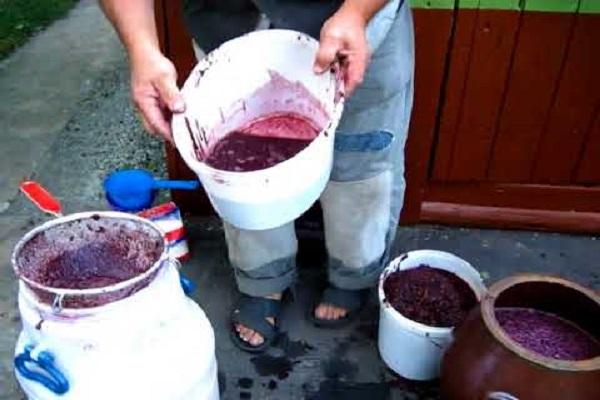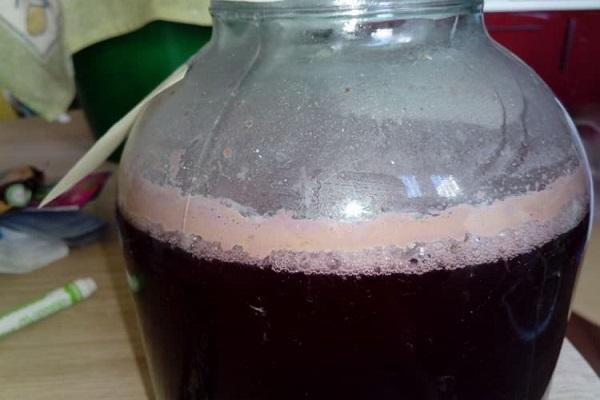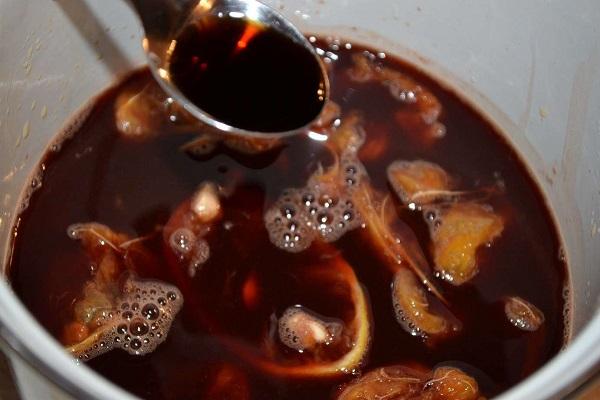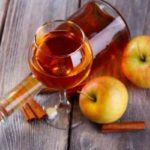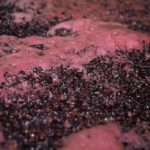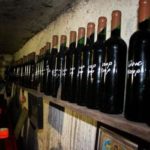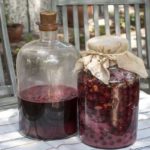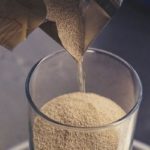Making wine at home is a real art, a family tradition. Making a delicious drink the first time is not easy. It is important to follow the technology, have experience in winemaking and be able to select raw materials. The fermentation process may not go according to plan if a mistake was made or the wrong ingredient was selected. What to do if the wine stops playing and the bubbles stop prematurely? Let's look at the common mistakes of novice winemakers.
- Why doesn't homemade grape wine ferment?
- Yeast quality
- Failure to maintain temperature to activate the process
- Temperature changes
- Why did the wine stop playing ahead of time?
- The hydraulic seal is not sealed
- After adding sugar
- After separating the pulp
- Mold
- How can you tell when fermentation has stopped?
- What to do in such a situation?
- Preventive measures
Why doesn't homemade grape wine ferment?
A number of reasons can disrupt the natural fermentation process. First of all, it is necessary to pay attention to the temperature regime and the conditions created for the release of carbon dioxide. Success in the difficult task of making homemade wine also depends on the quality of the yeast and the starting wine material, the amount of sugar and the tightness of the container.
In the process of creating a homemade drink, you need to get rid of haste and fuss. If the wine has not fermented an hour after adding all the ingredients into the container, this does not indicate a problem. Depending on the grape varieties and the type of berries in fruit wines, the beginning of the process of carbon dioxide release can vary: from 24 hours to 72 hours. If during this period the desired bubbles have not formed, then it is necessary to begin searching for the reason for the lack of fermentation.
Yeast quality
To start the fermentation process of grape wine, you need to add yeast. They must be “live” and meet the expiration date. Dry yeast is not recommended.
Before adding yeast to wine must, it must be softened and activated. Experienced winemakers add juice from one orange or live grapevine juice to a glass of clean boiled water at room temperature. It takes about 40 minutes to soak the yeast in this mix. When adding yeast starter to the wort, the temperature of the connecting liquids is equalized.
Failure to maintain temperature to activate the process
Temperature parameters are extremely important for starting the fermentation process. It is unacceptable to create temperature differences.Before pouring the yeast into the wort, ensure that the temperatures of the two liquids match, and the wine should be infused in a warm place. A common reason for disruption of the fermentation process is a mismatch in the temperatures of the wort and the yeast starter.
Recommended temperature for fermentation - +25 0C. At temperatures below +18 0As the process of carbon dioxide release in the wort slows down significantly, the pressure in the container drops, and the number of bubbles decreases.
Temperature changes
After successfully starting the fermentation process, it is important to maintain the temperature in the containers throughout all stages of winemaking and regularly check the tightness.
If a temperature jump above +30 was recorded 0C or a sharp drop in temperature below +15 0C, you need to re-introduce the yeast starter. The winemaker must conduct daily temperature monitoring. Prepare a water thermometer in advance.
Why did the wine stop playing ahead of time?
If fermentation suddenly stops after 2 days, it is necessary to take urgent measures to eliminate the cause and start the process again. If the bubbles stop appearing after a week, then the fermentation process may be over, or the wine may have turned sour.
Let's consider the reasons for the cessation of carbon dioxide emission, and analyze the mistakes of novice winemakers.
The hydraulic seal is not sealed
In this case, the fermentation process may continue, but the person will not see gas bubbles, and the glove will not “stand up.” The fact is that the carbon dioxide released will escape through the gap in the hydraulic seal, this is very bad, the pressure is broken, and pathogenic microorganisms and bacteria begin to penetrate into the bottle.
The danger of this phenomenon is that the wine sours; the required pressure in the container quickly drops.If the seal is not restored, the wine will be hopelessly spoiled.
Note: experienced winemakers coat the joints of the shutter with plasticine or dough.
Opening the container is often not recommended. The bottle is opened for technical procedures: removing foam, adding additional ingredients, sugar.
After adding sugar
If the fermentation process stops immediately after adding the sweetener, it is too early. Sugar is an important component of the fermentation process. With its deficiency, the yeast does not have enough “fuel”, the release of carbon dioxide stops. But you can’t overdo it with sucrose, because sugar is a natural preservative that can turn wort into jam.
The recommended sugar content in sourdough is 15%. It is not difficult to check this indicator; a hydrometer will come to the aid of a beginner.
After separating the pulp
If the consistency of the wort after separating the pulp and filtering is too thick, the fermentation process will stop. This problem is relevant for fruit and berry wines made from currants, chokeberries, gooseberries and strawberries.
Thick wort must be diluted with water brought to the recommended temperature, but its amount should not exceed 15% of the total volume of wine material.
Mold
The winemaking process must be sterile. All manipulations with containers are carried out with gloves and hands are thoroughly washed. The glass bottle must be sterilized in the oven or in a water bath. When pathogenic microorganisms enter the wine material, mold forms in the wort. Most often, this negative phenomenon is observed when the shutter cover is poorly closed.
One of the first signs of mold formation is a film on the surface of the wine liquid; the number of bubbles decreases sharply.
How can you tell when fermentation has stopped?
The first visual sign of lack of fermentation is the absence of carbon dioxide bubbles. The absence of fermentation can be determined by a number of the following processes:
- There is no clicking or hissing at the container shutter.
- A sediment formed at the bottom of the bottle and bubbles stopped forming.
- The glove fell off.
- The end of fermentation has arrived and the wine has become clearer.
If the wine is ripe, then there is no need to panic; signs of the end of the natural fermentation process include:
- Yeast sediment at the bottom of the bottle.
- No bubbles.
- Natural clarification of wine.
If fermentation stops before it has started, then it is necessary to take action and eliminate the cause of the failure and start the process again. Otherwise, the wine will turn sour and the wort will have to be disposed of.
What to do in such a situation?
You can start fermentation only after identifying the reason for its termination. If little sugar is used, then its amount must be increased; if there is too much sweetener, then the wort must be diluted with water.
If mold forms, the wort is filtered, yeast and sugar are added, and poured into a sterilized container with the seal sealed. In this case, you can still force the wine to ferment again; it is better not to use such a drink for storage.
If the wine material is hopelessly damaged, it is recommended to distill the wine into alcohol or make homemade moonshine. Wine vinegar is made from fermented wine.
You can save a “sick” drink by resuming fermentation by adding young wine with an undisturbed fermentation process. But such wine must be consumed quickly; the drink is not suitable for storage.
Preventive measures
It is better to prevent any problem than to look for the cause and quickly eliminate the defect. Let's look at the rules for making homemade wine and ways to prevent the alcoholic drink from turning sour:
- The stages of preparing the drink must be carried out sterilely: containers are sterilized, hands are washed thoroughly.
- Contact of air with the wort is unacceptable; it is important to seal the bottle hermetically.
- Follow the proportions of ingredients according to the recipe.
- A visual inspection of the containers is carried out every day.
- Maintain the temperature at the same level.
- They use live yeast and proven raw materials for the future wine.
If you follow these rules, the process of making homemade wine will be exciting, and the result will be of high quality. Please note that the technology for making homemade wine from grapes or berries will differ, as will the amount of sugar required. Prepare a thermometer and a hydrometer in advance; these assistants are necessary for both beginners and experienced winemakers.

